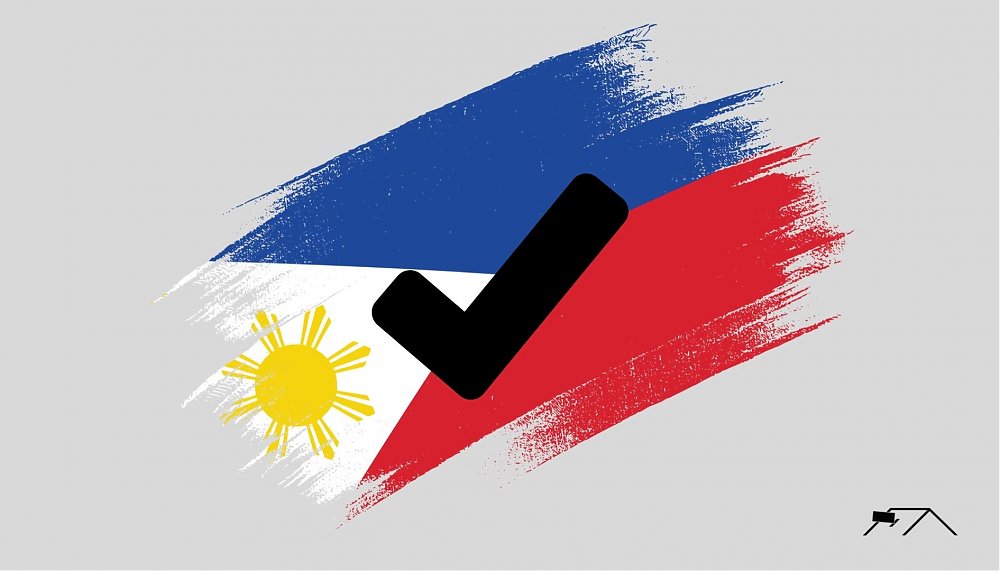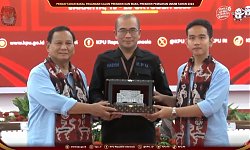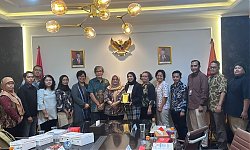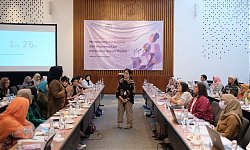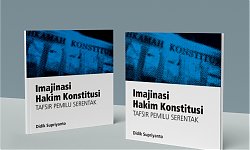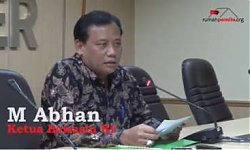In 2022, the Philippines will hold simultaneous elections for the second time. Previously, the 2016 Philippine Election was the first national simultaneous election in Southeast Asian countries. From this second simultaneous election, the Philippines is still experiencing many problems, especially in terms of serving voters. The Philippines' simultaneous elections have become an anomaly, both in systemic and technical aspects.
On the D day of voting, citizens with the right to vote in the Philippines who go to the polling station are given a ballot with two surfaces that are used to vote. The first surface contains a wide selection of personal candidates. The second surface contains a large selection of political parties.
The types of personal candidate choices on the first ballot are: 1. Presidential candidate, 2. Vice-presidential candidate, 3. Senator candidate, 4. Individual candidate for representative (DPR) member, 5. Governor candidate, 6. Deputy Governor candidate, 7. Provincial council members; 8. Candidate for mayor, 9. Candidate for deputy mayor, 10. Candidate for counselor.
The second surface is the election to choose a representative institution for political party elements (House of Representatives). There are only serial numbers and party names in this letter. There is no party symbol.
Simultaneous election goal
Referring to many electoral system studies, simultaneous elections aim to create a congruent presidential government. The need for this goal exists in extreme multiparty presidential states. Too many parties with relatively equal seat gains tend to produce a dilemma for the running of a presidential government.
The government's dilemma is because the vision, mission and development program of the elected president is being held hostage by the legislative authority in the DPR (Parliament). There are two choices. First, the president's vision, mission and programs will smoothly include collusion and corruption with the DPR, including the distribution of development project allocations. Second, the president opposes the legislative authority of the DPR which has an impact on the delay in the realization of the president's vision, mission and development program.
The presidential government's dilemma is a systemic cause, there is no extreme multi-party presidential country that has good scores in many country quality indexes. Extreme multi-party presidential countries experience latent problems of corruption or failure of development.
Simultaneous elections are one solution to avoid this dilemma. This electoral system engineering directs voter behavior. The goal is that the electability of the elected president will optimize the electability of the party that promotes the president. If the presidential election ballots are combined with the DPR election ballots, more and more voters will choose the party that promotes the president they choose.
Anomaly
From the concept of simultaneous elections, we will find anomalies in the application of the choice of political system in the Philippines. First, the Philippines does not have an extreme multiparty problem.
Before the legislative election was synchronized with the presidential election, the Philippine House of Representatives/DPR had a moderate multi-party party system. There are only 3 to 5 strong parties. Outside of these strong parties, there are only a few parties that have so few seats that they are irrelevant in influencing the process and passing of laws or policies.
The Philippines is spared from extreme multiparty because in general the DPR elections apply a plurality electoral system. This means that in each electoral district there is only one seat allocation for members of parliament. Of the total number of seats in the Philippine House of Representatives, 80 percent use a plurality electoral system, in each district.
Systemically, the plurality system reduces party fragmentation in parliament. If it continues in many subsequent elections, the plurality electoral system will form a bipartisan parliamentary party system. This is what happened in the United States elections and parliament.
Second, the Philippines' simultaneous elections eliminate the evaluative system of presidential government. By combining all types of elections in one polling day, it means that there is no election schedule between presidential terms that serves to evaluate the country run by the president and political parties.
The advantage of a presidential system of government is a definite term of office for the president. But this definite period is also a weakness of the presidency. If the president's performance is bad, he/she must wait until his/her office runs out. The president cannot be removed, unless he/she violates the law.
Because of the certainty of the president's term of office, an election schedule is needed between the election and the expiration of the president. This is known as by-election. If it is not satisfactory, the president and his/her supporting party can be punished in the by-election, by choosing another political power. But if the president's performance is satisfactory, the by-election will strengthen the president and his/her supporting political parties.
Third, the Philippine election also unifies the presidential election with local elections. All positions of regional heads and all levels are elected together with the presidential election. All regional parliaments and all levels are elected together with the presidential election.
Supposedly, if the simultaneous elections have the concept of uniting the executive and legislative elections, the presidential election is only synchronized with the national legislature. The Philippines' simultaneous elections are an anomaly because they unite the national executive elections with local legislative and local executive elections, at the same time.
In fact, the local simultaneous election schedule is a necessity for countries with presidential systems that directly elect their president. Simultaneous local elections whose schedule is between the presidential term of office can be a moment of correction for the presidential government.
The Philippines' simultaneous elections, commonly known as “syncronized elections”, are an anomalous choice. Its implementation does not improve and strengthen the presidential system but instead adds a new problem in the form of election complexity.
From the implementation of the 2022 Simultaneous Elections, the long queues of voters are caused by voters who are confused about choosing politicians and too many political positions on the surface of the ballot. In the midst of this systemic confusion, dynastic politics and money become the logic of how government and the state work. []
USEP HASAN SADIKIN

